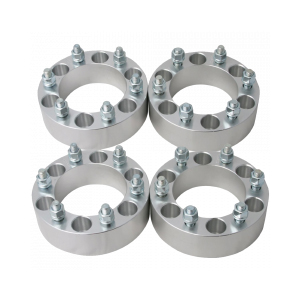Understanding the Importance of Gearbox Output Seal in Vehicle Performance and Longevity
Understanding Gearbox Output Seal Importance and Maintenance
The gearbox output seal plays a critical role in the overall functionality and efficiency of vehicles and various machinery. This small but significant component is located at the rear of the gearbox, where it interfaces with the driveshaft. Its primary function is to prevent the leakage of lubricants and to block contaminants from entering the gearbox. Understanding the importance and maintenance of gearbox output seals can enhance vehicle performance and longevity.
Importance of Gearbox Output Seal
The gearbox contains lubricating oil that reduces friction between moving parts, facilitating smooth operation. The output seal ensures that this oil remains contained within the gearbox, preventing leakage that could lead to serious mechanical problems. A compromised seal can result in oil loss, leading to inadequate lubrication, overheating, and eventually gearbox failure.
Moreover, gearbox output seals protect the internal components from external contaminants such as dirt, debris, and moisture. If these elements infiltrate the gearbox, they can cause wear and tear to gears and bearings, potentially leading to catastrophic failure. Therefore, an effective gearbox output seal is vital for maintaining the integrity of the gearbox and ensuring optimal performance.
Signs of Seal Failure
Over time, seals can wear out due to constant exposure to heat and pressure. Recognizing the signs of a failing gearbox output seal is crucial for timely intervention. Common indicators of seal failure include
1. Fluid Leaks Noticeable oil spots underneath the vehicle are often the first sign. If you see oil pooling near the driveshaft area, it’s a strong indication that the output seal has failed.
3. Vibration Excessive vibration while driving can indicate a problem with the drivetrain, possibly linked to a faulty seal allowing oil to escape.
gearbox output seal

4. Overheating If the gearbox is overheating, it may be a sign that the lubricating fluid is either leaking out or contaminated with debris, potentially due to seal failure.
Maintenance of Gearbox Output Seal
Regular maintenance can prolong the life of the gearbox and its seals. Here are some essential maintenance tips
1. Routine Inspections Periodically check the gearbox for signs of oil leaks. Early detection can prevent more severe damage and costly repairs.
2. Fluid Changes Follow the manufacturer’s recommendations for fluid changes. Fresh lubricant helps maintain appropriate viscosity and reduces the wear on seals.
3. Proper Installation If replacing the output seal, ensure it is installed correctly. Misalignment can lead to premature failure.
4. Avoid Overheating Ensure that the gearbox does not overheat by monitoring for engine issues. Proper cooling systems can help maintain ideal operating temperatures.
5. Use Quality Parts When it’s time to replace seals, always opt for high-quality parts. Cheaper alternatives may compromise performance and durability, leading to frequent replacements.
Conclusion
The gearbox output seal, though a small component, has a significant impact on the overall health of a vehicle's transmission system. By understanding its importance, recognizing signs of failure, and adhering to proper maintenance practices, vehicle owners can ensure optimal performance and extend the lifespan of their machinery. Regular attention to this critical seal will translate into improved vehicle reliability and safety, ultimately enhancing the driving experience.
-
Your Essential Guide to Car Repair Kits: From Rust to Dings
News Jun.13,2025
-
Understanding Vital Engine Seals: Key Gaskets in Diesel and Performance Engines
News Jun.13,2025
-
The Vital Role of Bearings in Marine and Boating Applications
News Jun.13,2025
-
Sealing the System: A Complete Guide to Engine Oil Gaskets
News Jun.13,2025
-
Sealing the Foundation: A Complete Guide to Engine and Transmission Pan Gaskets
News Jun.13,2025
-
Essential Bearings and Hubs for Marine Vessels and Trailers
News Jun.13,2025
-
Your Complete Guide to Automotive Oil Drain Plugs and Valves
News Jun.12,2025
Products categories















